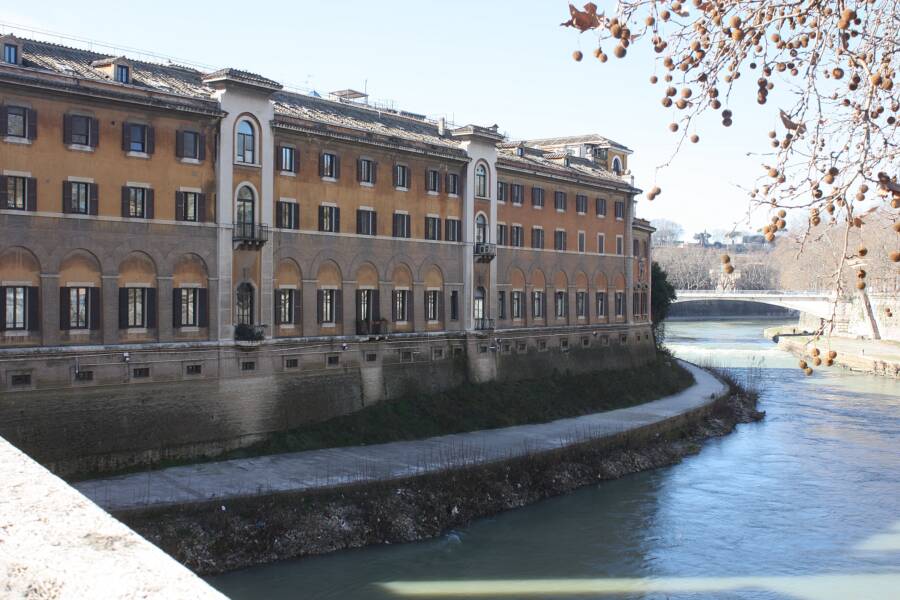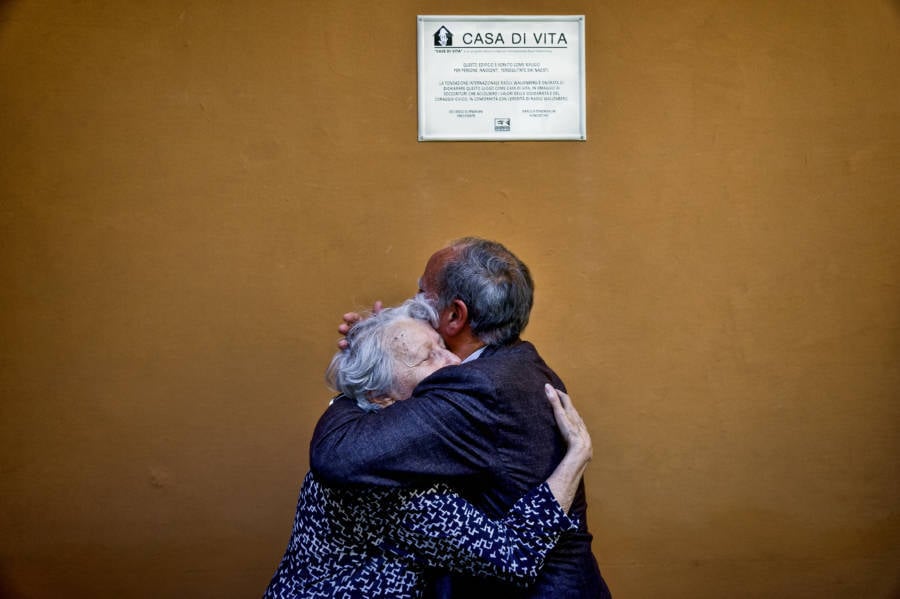The Doctors At Fatebenefratelli Hospital Who Invented “Syndrome K”

Wikimedia CommonsClever doctors at Fatebenefratelli Hospital came up with a fake disease to fool the Nazis and save Jews.
In October 1943, a terrifying new disease suddenly appeared in Nazi-occupied Rome. Italian doctors claimed that the so-called “Syndrome K” was highly contagious and dangerous. But, in fact, it was all a ruse.
A trio of doctors — Vittorio Sacerdoti, Giovanni Borromeo, and Adriano Ossicini — invented the disease to save Jews in Italy. When Jews came to Fatebenefratelli Hospital seeking a safe haven from the Nazis, the doctors diagnosed them with “Syndrome K” and sent them to an isolated ward.
“Syndrome K was put on patient papers to indicate that the sick person wasn’t sick at all, but Jewish,” Ossicini later explained.
Ossicini continued, “We created those papers for Jewish people as if they were ordinary patients, and in the moment when we had to say what disease they suffered? It was Syndrome K, meaning ‘I am admitting a Jew,’ as if he or she were ill, but they were all healthy.”

Stefano Montesi/Corbis via Getty ImagesFatebenefratelli survivors embrace during a reunion at the hospital on June 21, 2016.
Suspicious Nazis, who were terrified of getting sick, kept their distance whenever they passed by the ward. “The Nazis thought it was cancer or tuberculosis, and they fled like rabbits,” Sacerdoti later explained.
He and the others decided to use “K” in their fake disease as an ironic nod to either Albert Kesselring, the German commander overseeing Rome’s occupation, or SS Chief Herbert Kappler, the city’s Nazi police chief.
While the hospital was raided in May 1944, only five people were captured hiding on a balcony — and they ultimately survived because Rome was soon liberated. And by the time the dust settled, the doctors had helped save anywhere from 25 to 100 people. But no one knew of their heroism for years.
The full story didn’t come out until about 60 years later when the surviving doctors admitted what they’d done. Though Borromeo had already died in 1961, he was later singled out by Yad Vashem for his work with Syndrome K — and his role in transferring Jewish patients from the ghettos to Fatebenefratelli Hospital so that they could have better treatment.
Yad Vashem posthumously honored Borromeo in 2004.
After reading about these Holocaust heroes, take a look at these heartbreaking photos of victims of the Holocaust. Then, check out these incredible pictures of World War II in color.





